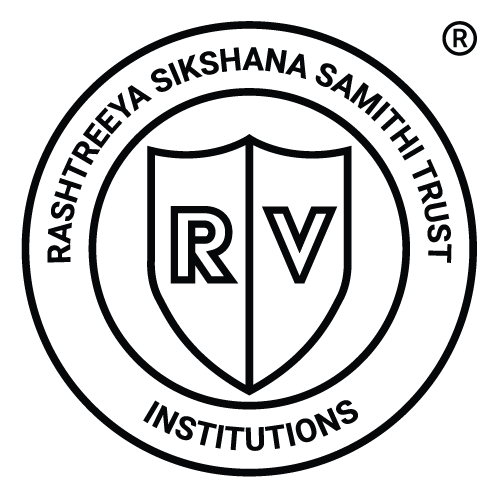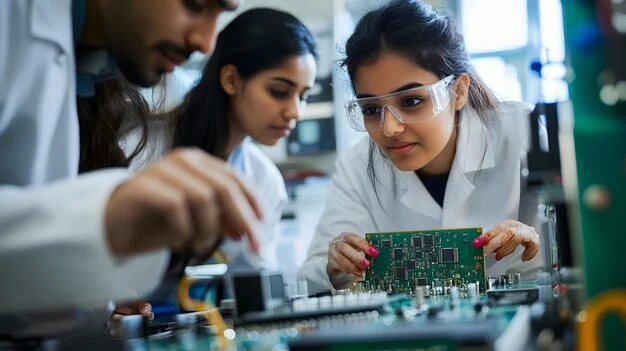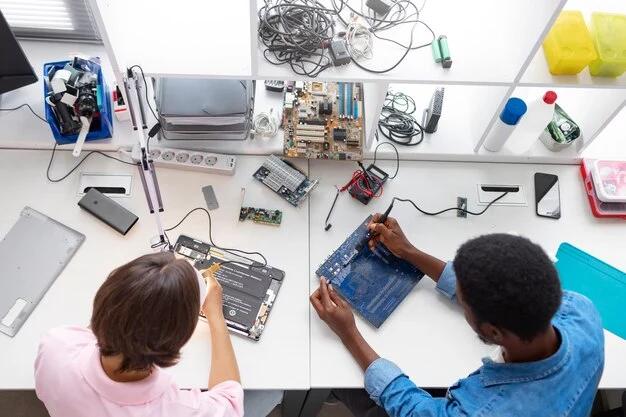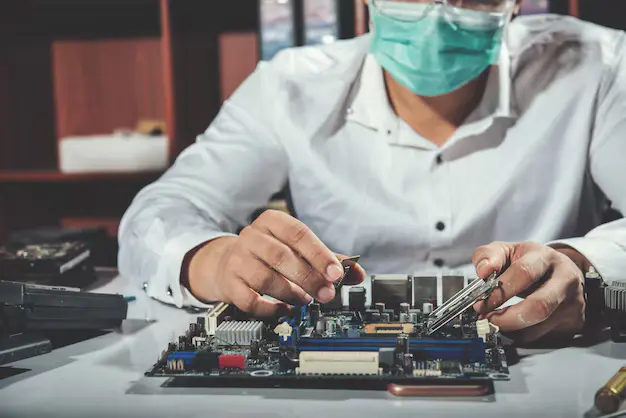Every year, thousands of engineering graduates pass out of colleges across India. Yet, when it comes to hiring, semiconductor recruiters say the same thing: most graduates are not job-ready.
Why? Because classroom theory alone can’t prepare engineers for the complexity of real-world chip design and embedded systems. What truly makes the difference is hands-on lab training.
1. From Theory to Practice
Engineering textbooks teach concepts. Labs teach application.
Recruiters want graduates who know how to apply digital electronics, HDL, and circuit theory to actual projects.
2. Real Tools, Real Confidence
The semiconductor industry runs on EDA tools. Without exposure to Cadence, Mentor Graphics, or Synopsys, a graduate is underprepared. Hands-on labs give students the confidence of familiarity before they enter the job market.
3. Debugging Builds Resilience
In the lab, errors are common. And that’s a good thing. Debugging teaches patience, analysis, and problem-solving under pressure — qualities
recruiters value far more than rote learning.
4. Industry-Like Environment
Hands-on labs simulate the real work environment. Working on projects, simulations, and design flows prepares engineers for the expectations they’ll face in companies like Intel, Siemens, Qualcomm, or Synopsys.
5. Proof of Work for Recruiters
When graduates can showcase lab projects and working prototypes on their resumes, it gives recruiters evidence of their skills. It moves them from being “trained” to truly being “job-ready.”
RV Skills Advantage
For 19+ years, RV-Skills has built its training philosophy around labs, not just lectures. Every student gets:
- Access to industry-standard EDA tools
- Guidance from faculty with real-world design experience
- Exposure to real project environments
- The mindset to keep learning beyond the lab
In the semiconductor industry, the gap between knowledge and employability is wide. Hands-on labs are the bridge. They don’t just prepare students for interviews — they prepare them for the industry itself.
If you want to be more than just another graduate, invest in practical experience because the engineers who spend more time in labs are the ones who end up shaping the future of technology.





